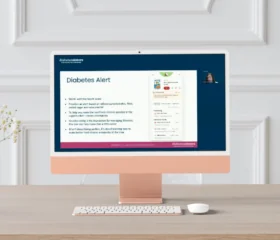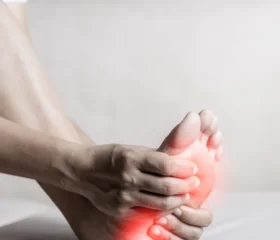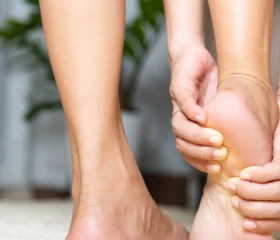
Resources
Empower your health journey with our curated resources, providing support and insights tailored for every woman on her diabetes journey.
Featured Resources
Discover a range of resources including expert advice, personal stories, and highlights from our sponsors, all designed to support your diabetes management.












